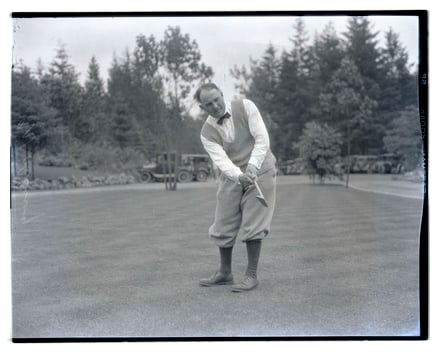By Oregon Golf Association
Continued from February article: Key New Figures, Early Competitions, and Notables
In the early segments of our Centennial series, we delved into the inception of the Oregon Golf Association in 1924 until the outbreak of World War II in 1942, which led to the suspension of activities. Peace finally returned in 1945, and the Association resumed tournament play the following year. However, the restart seemed challenging, as no minutes existed for 1946. Nonetheless, we know that Oscar Furuset continued as president, and the Oregon Amateur took place at Waverley Country Club, seeing victories by Tom Marlowe and Carol Freese. Proper record-keeping resurfaced in 1947, with Furuset serving his final year as president. Winds of change were stirring, with new leaders on the horizon and a talented group of young golfers emerging onto the scene. Veterans like Rudie Wilhelm, Frank Dolp, Dr. Oscar Willing, Don Moe, and John Robbins were past their prime and fading from prominence. Marian McDougall Herron, occupied with family matters, rarely competed anymore. However, a promising wave of post-war players was poised to carry Oregon's golfing reputation forward for years to come.
Proper record-keeping resurfaced in 1947, with Furuset serving his final year as president. Winds of change were stirring, with new leaders on the horizon and a talented group of young golfers emerging onto the scene. Veterans like Rudie Wilhelm, Frank Dolp, Dr. Oscar Willing, Don Moe, and John Robbins were past their prime and fading from prominence. Marian McDougall Herron, occupied with family matters, rarely competed anymore. However, a promising wave of post-war players was poised to carry Oregon's golfing reputation forward for years to come.
The years 1947 and 1948 served as transition periods before the emergence of young talent and the introduction of new leadership. Dr. Millard Rosenblatt of Tualatin, a stalwart in the OGA, took over as president in 1948, coinciding with Lou Jennings' dominance on the course. Jennings, a pre-war amateur standout, continued to excel in the post-war era, clinching victories in the Oregon Open in 1946 and the Amateur in '47 and '48.
The Association introduced a scholarship program in 1947 and adopted the new USGA handicap system. However, scholarships had to be discontinued four years later due to conflicting USGA and NCAA rules. The Vanport flood of '48 forced the relocation of the Amateur and Junior Championships but did not halt the events. The need for additional tournaments became apparent, leading to suggestions for father-son events and team tournaments. Despite a slight increase in membership, the cash on hand decreased from $654 to $409, presenting financial challenges.
Meanwhile, Oregon players like Lou Stafford and Benny Hughes achieved notable success outside the state after the war. Stafford was a runner-up in the NCAA championship and the U.S. Amateur Public Links championship in 1946, while Hughes reached the semifinals and finals of the Public Links championship in subsequent years.
The early 1950s saw the ascent of new leaders like Ray Chirgwin, Sid Milligan, and Rege Ott, who influenced OGA administration through 1951 and beyond. Under their leadership, the Association renewed its sponsorship of various tournaments and adjusted entry fees and rules to adapt to changing times.
The period marked not only the rise of new leadership but also the emergence of a new generation of players like Ron Clark, Dick Yost, and Bob Atkinson Jr. These young talents, along with female counterparts like Carol Freese (Mrs. Lyle Bowman) and Grace DeMoss, began to make their mark on Oregon golf. The era was marked by exceptional golf and memorable competitions. In 1953 Bob Martin of Riverside was appointed junior tournament chairman. It was a fortunate appointment, as Martin ran an outstanding junior tournament in the tradition of Ralph Tomlinson and Ernie Williams, who had cared for it so well through its years at Alderwood Country Club. Alderwood closed in 1953 when the airport expansion doomed it, and the OGA took over the Alderwood team match.
In 1953 Bob Martin of Riverside was appointed junior tournament chairman. It was a fortunate appointment, as Martin ran an outstanding junior tournament in the tradition of Ralph Tomlinson and Ernie Williams, who had cared for it so well through its years at Alderwood Country Club. Alderwood closed in 1953 when the airport expansion doomed it, and the OGA took over the Alderwood team match.
As the player base expanded and skills improved, the Association grew in size and scope, introducing new programs and events. The Association now had five events – Amateur, Junior, Team, Champ of Champions and Medal Play. The executive committee, along with influential figures like Morrie Braden, Harvey Benson, and Bob Martin, had steered the OGA through a period of evolution and progress, ensuring that Oregon remained a prominent force in the golfing world.
Stay tuned for the next decade in our series… up next is 1954-1963 in April.
